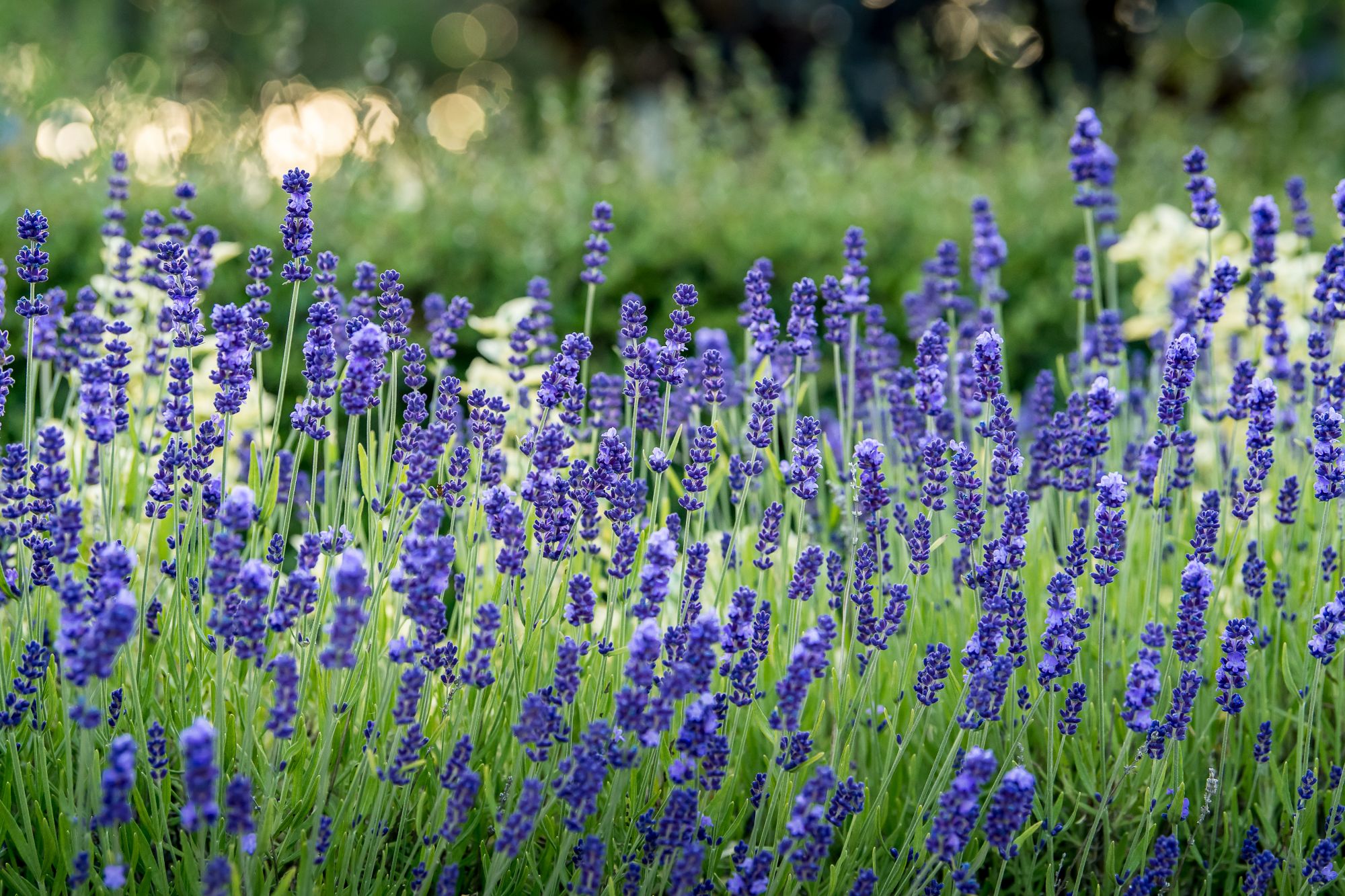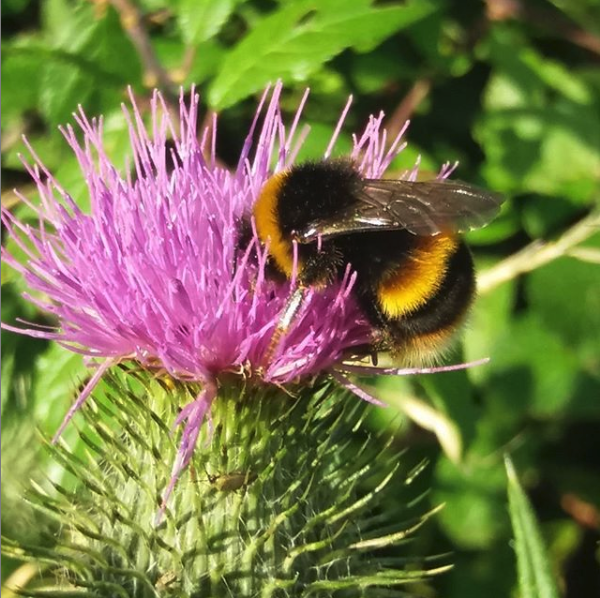If you were asked to guess how many species of the humble bee there were in the world, what would you say? Fifty? A hundred at a push? Actually (and astonishingly) there are maybe 20,000 types of bee across the globe, with 267 of them living in the UK.
There’s something hypnotic about watching bees at work, humming and hovering over a colourful array of flowers. When she’s decided which bloom to visit, each female worker bee takes a drink of nectar and at the same time collects pollen from the stamen (the plant’s male organ) on the soft hairs on her body. When she pops into another flower on her seemingly aimless journey, the bee rubs the pollen onto the stigma (the female organ), fertilizing the plant. What an elegantly simple idea.

Back at the hive, the workers stay busy. They have special glands that produce wax from honey and this wax, once secreted, is chewed to make it soft. It’s then used to build hexagonal honeycombs that fit together seamlessly without leaving gaps. Each cell in the comb is either used to store nectar (which turns into honey) or to brood eggs laid by the queen.
In the wild, the bees use the honey to sustain the colony over winter. But as such a huge amount is produced, in domesticated hives there’s plenty of excess for the beekeeper to harvest. Each hive has a single queen who lays around 1,500 eggs every day in the spring months. A hive can contain about 35,000 bees and produce approximately 27kg of honey in a year.
The darker the honey, the greater its antibacterial and antioxidant qualities. Traditional medicines have long taken advantage of the healing power of honey and it was used during the First World War in wound dressings. It’s still used today, in products such as bee bread (a naturally fermented combination of honey and pollen), propolis (a compound produced by bees and believed to promote wound healing) and royal jelly (a bee secretion taken as a supplement to boost the immune system). And if you fancy taking in some of the goodness of honey in an alcoholic tipple, try out some traditionally brewed mead. The honey is fermented with water and yeast to make a sweet, heady liquor.
Letting hedges grow longer without cutting them back lets blossom bloom in abundance. This blossom provides plenty of nectar and pollen for the insects and turns into berries for the birds to enjoy in the autumn and winter. The 250,000 miles of hedgerows found in England don’t just feed pollinating insects, though. They also provide shelter for small mammals and help to prevent soil erosion. Land management that focuses on biodiversity includes restoring ancient hedgerows and planting new ones to encourage wildlife and support insect life. Farming in partnership with nature helps honey bees, carder bees and (everyone’s favourite) bumble bees thrive.
How To Identify Wild Garlic
A versatile and pungent plant, wild garlic is one of those wonderful free foods that is not only fun to forage for due to the time of year it is abundant but is also super easy to cook with being a really lovely replacement for conventional shop bought garlic.
So, where to begin?
Read More



